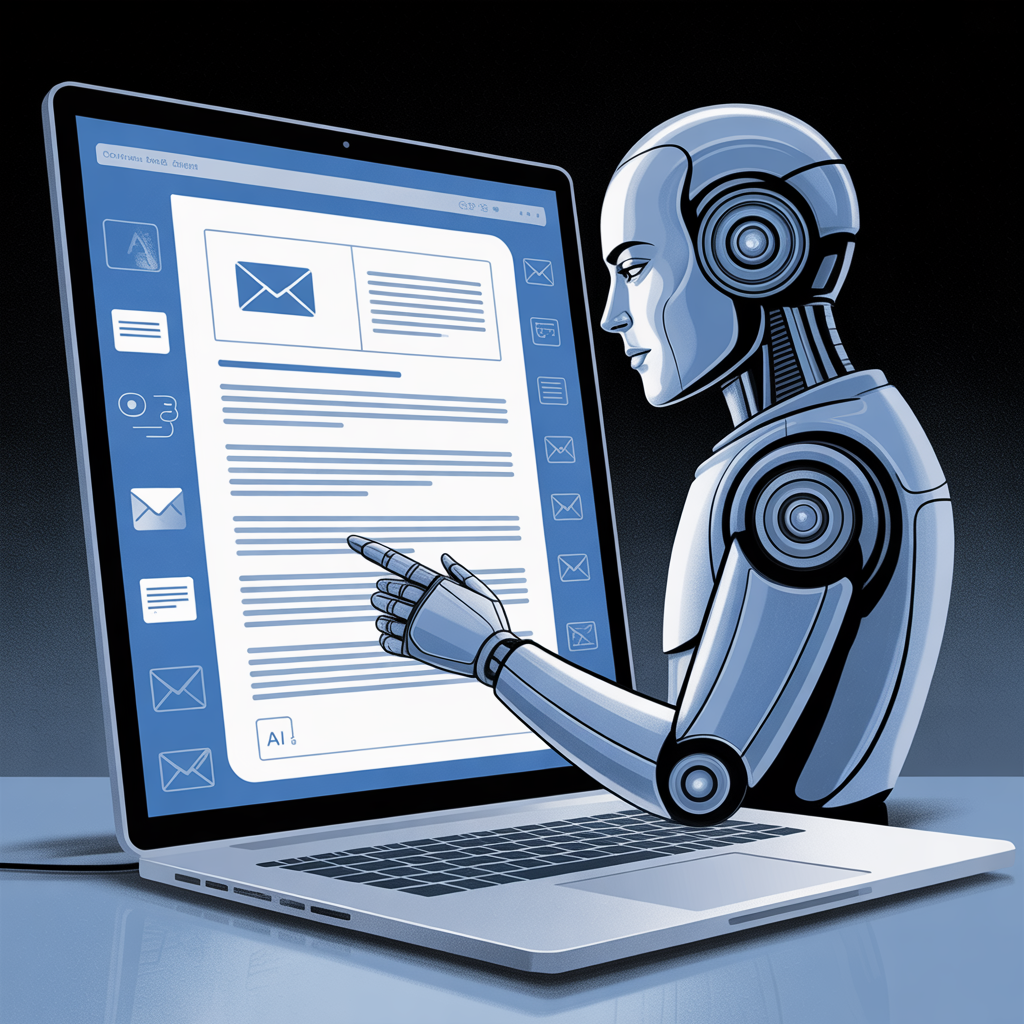Introduction
In the world of business communication, emails are still the king — but writing them effectively has always been a challenge.
From drafting sales pitches to responding to customers or following up on leads, professionals spend over 2.5 hours per day writing emails.
Now, AI-powered email writing tools are changing everything.
In 2025, artificial intelligence isn’t just correcting grammar — it’s writing clear, persuasive, and emotionally intelligent emails that save time and boost productivity.
Let’s explore how AI is transforming email writing for professionals, businesses, and entrepreneurs.
1. From Grammar Fixers to Smart Communicators
Early writing assistants like Grammarly focused on spelling and grammar.
Today’s AI email tools, powered by models like GPT-5, Gemini 2, and Cohere, go far beyond — they understand tone, context, and intent.
AI doesn’t just correct what you write — it predicts what you should write based on your audience, relationship, and purpose.
Example:
If you’re writing to a client after a meeting, AI will automatically suggest:
“Thank you for today’s discussion. I’ve attached the updated proposal and timeline for your review.”
It’s not just correct — it’s relevant, polite, and timely.
2. AI Personalization: Every Email Feels Tailored
Personalization is the heart of modern communication.
AI tools can analyze user data (like name, company, interests, or behavior) and generate custom email text for each recipient.
This is especially useful for:
- Marketing teams sending newsletters.
- Sales professionals following up on leads.
- Customer support crafting personalized responses.
Example:
“Hi Sarah, I noticed you recently tried our free trial. Would you like to schedule a short demo to see how we can customize your plan?”
Personalized emails have 40% higher response rates, and AI makes them effortless.
3. Tone & Emotion Detection
AI now understands emotional context. It can:
- Detect when your tone sounds too aggressive or too formal.
- Suggest softening or strengthening your message.
- Adjust for regional or cultural nuances.
Example:
Instead of “You didn’t reply to my last message,”
AI might suggest:
“Just checking in to see if you had a chance to review my previous email.”
That small tone change often determines whether your email gets ignored or answered.
4. Speed and Efficiency
AI can draft complete, polished emails in under 30 seconds.
For busy professionals, this means:
- No more writer’s block.
- No need to rephrase every sentence.
- Instant templates for sales, HR, follow-ups, and more.
Teams can save 10–12 hours weekly by using AI for repetitive email tasks.
5. Integration with Email Platforms
Leading AI tools now integrate directly with Gmail, Outlook, and CRMs like HubSpot or Salesforce.
You can generate, edit, and send emails without leaving your inbox.
For example:
- ChatGPT for Gmail plugin can write replies automatically.
- Jasper for Outlook offers AI-powered templates.
- Flowrite can turn short notes into full professional replies.
6. Common AI Email Writing Tools in 2025
| Tool | Best Use | Key Strength |
|---|---|---|
| Flowrite | Business replies | Polished, formal tone |
| Superhuman AI | Fast response drafting | Smart learning from your writing style |
| GrammarlyGO | General writing aid | Tone detection + idea suggestions |
| ChatGPT (GPT-5) | All-purpose writing | Deep personalization + context |
| Lavender | Sales emails | Improves open and reply rates |
7. Challenges & Ethical Concerns
While AI boosts productivity, over-dependence can lead to generic-sounding emails or privacy issues.
To balance automation and authenticity:
- Always review before sending.
- Add personal touches.
- Never share confidential data with open models.
Remember: AI assists you — it doesn’t replace your human judgment.
8. The Future of AI Email Writing
By 2026, AI will:
- Auto-schedule follow-ups based on response patterns.
- Write multi-language emails fluently.
- Generate entire email sequences for campaigns.
- Integrate with voice and video communication.
In other words, email writing will become an intelligent, self-optimizing process.
Conclusion
AI is not just improving how we write emails — it’s redefining how we communicate.
With personalization, tone control, and real-time context awareness, professionals can write better emails in less time.
For businesses and individuals alike, adopting AI email writing tools in 2025 isn’t a luxury — it’s a necessity for smarter, faster communication.


